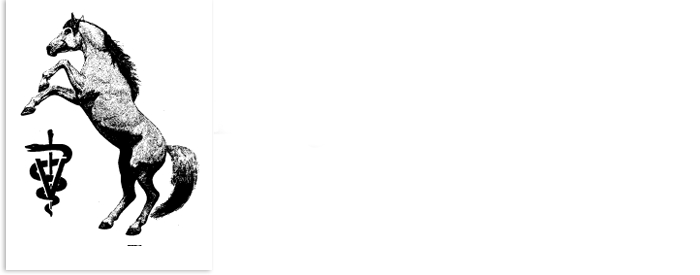Determining Hind Leg Lameness
Determining hind leg lameness can be a challenge. If you have problems picking out which leg is lame, you are not alone.
Various techniques have been developed. In the end, what will help you figure out the vast majority of hind end lameness is to stand behind the horse. Have someone else trot him away from you. Then watch the points of the hips and ONLY THE POINTS OF THE HIPS.
The hip which goes up and down more as the horse trots is the lame leg. Once I read a paper outlining this approach, my ability to determine hind leg lameness increased dramatically. Do not look for a hip hike. Do not look for a hip drop. Do not look from the side. Do not look on a circle. Do not look to see if a horse is short stepping. Do not look to see if the horse is over or under flexing a joint.
All of those things can be valuable, but for most of the cases, look at the points of the hip. Look for which side is going up and down more versus the other side. That is the lame leg. In fancy terms it is an asymmetry of the vertical excursion of the tuber coxae (the point of the hip).
Watch this video and see if you can tell which leg is lame.
Now here comes the hard part
When a horse trots it moves diagonal pairs of legs: the left front and right hind; the right front and the left hind. If the right hind leg is lame, the horse may throw his weight on the left front with each stride. This makes head goes down as the right hind and left front hit the ground. This makes the head appear to go up as opposite diagonal hits the ground, – the right front and left hind. So it gives the appearance that the horse is head bobbing consistent with a right front lameness because when a horse is lame on a front leg the head comes up when the lame leg hits the ground. But the horse is not lame on the right front, he is really lame on the right hind.
That’s right. When a horse is lame on a hind leg, it can fool you into thinking the horse is lame on the front leg on the same side.
That is why you need to be careful evaluating lamenesses, particularly hind end lameness.
What is the most common hind leg lameness?
Hock inflammation also known as Bone Spavin is the most common hindleg lameness and every year I get called to treat many horses for this condition.
These horses can have an obvious lameness or they can have subtle signs. Signs can include difficulty picking up a lead, difficulty doing flying changes, difficulty doing extensions and /or collected work, difficulty going down hills, jumping to one side over jumps. Many of these horses start out stiff, then warm up out of the stiffness. Others will have back pain.
The primary treatment is joint injections. These can work very well. I spend a lot time injecting horse’s hocks. Other treatments involve systemic joint medications such as Pent-Assie, Adequan, and Legend.
For cases that do not respond there are advanced joint injections such as IRAP therapy, and stem-cell therapy, as well as Tildren.
Finally the joints most commonly affected are flat joints and if fused the horse feels much better and loses very little in the way of range of motion. There is both a surgical and a chemical means of trying to fuse the joint. If fused, the majority of horses do very well.
Practice looking at the video and think about looking only at the points of the hips and only from behind to improve your hind leg lameness diagnosis.
Or, you can call me.


